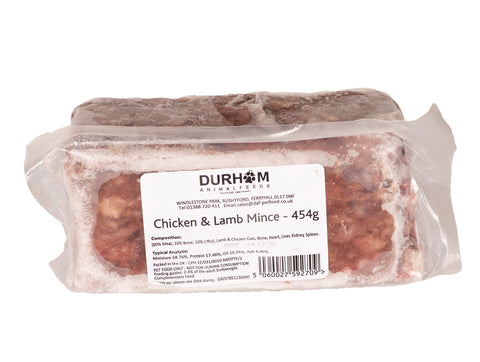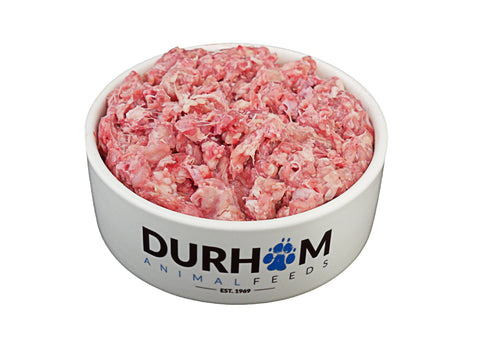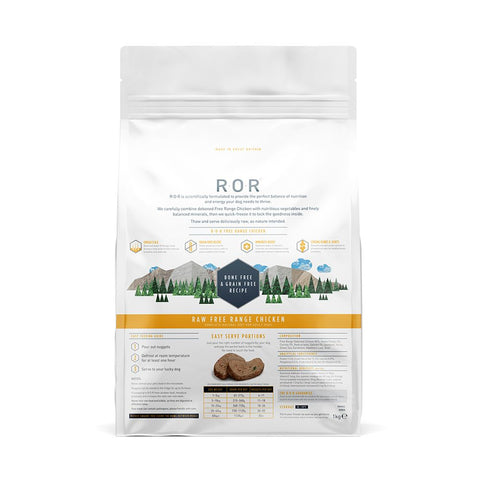Guide To Caring For Chameleons

Chameleons live in different climates around the world and can be found in Africa, Asia, Europe, and Madagascar. They spend their lives in the trees and their feet are specially adapted to help them grip and balance on branches with ease.
There are many types of chameleon available as pets and their appearance and colour vary greatly from green, brown and red. Some chameleons can change the colour of their skin, this is usually due to fear or aggression, or even to camouflage with their habitat for safety.
Some chameleons can live for around 10 years, so you must be sure you’re ready for a long-term commitment. They are not generally social animals so they are best kept singularly.
Pet Code Of Practice
Never release a pet (companion animal) into the wild. It is illegal and for most species, this will lead to an untimely and possibly lingering death, as they are not native to this country. Any animals or plants that do survive might be harmful to the environment. This includes the need to properly dispose of the soiled substrate so that eggs and live food can’t escape into the wild.
Shopping List
Vivarium
Substrate
Heat mat/spotlight
UVB tube/UVB heat lamp
Thermometers x 2
Silver reflector for tubes
Dome reflector
Thermostat
Small water bowl
Live foods, fruit, and veg
Calcium supplement
Vitamin supplement
Cage furnishings and branches
Pet safe disinfectant
Chameleon care book
General Care
- Diarrhoea: This can be caused by many problems including incorrect feeding or internal parasites.
- Mouth rot: Cheesy deposits appear in the mouth.
- Respiratory problems: Signs include fluid or mucus from the nose. This can be caused by too low temperatures or too high humidity.
- Metabolic bone diseases: Signs include deformed, swollen or paralysed hind limbs and/or spine. This can be due to a lack of calcium, vitamin D3 and/or lack of exposure to UVB/UVA light. It can be reversed if caught in time and properly treated.
If you are at all worried about the health of your chameleon you should consult your vet as soon as possible. It is recommended to seek a vet that has experience with reptiles.
Your pet should also be insured against unexpected veterinary cost.
Choosing Your Chameleon
A healthy chameleon will be bright, alert and active with its body and leg muscles appearing well-formed and strong with a tight grip. It should also have no signs of injury to the body and the eyes shouldn’t be sunken.
Housing
A tall, escape-proof vivarium with good ventilation is the most suitable housing for a chameleon. As these reptiles spend the majority of their time in trees it is important that the vivarium is as tall as possible.
Temperature
All reptiles are cold-blooded and need an external heat source to maintain their body temperature and each species of lizard requires different degrees of heating. One end of the vivarium should be heated to create a thermal gradient, allowing the pet to choose its preferred temperature. The ideal thermal gradient is 26-28C at the cool end and 35-40C at the hot end. Night temperature can be dropped to a minimum of 16-18C, which will benefit your pet as this reflects his natural environment.
Background heat can be provided by using heat mats and more intense heat by spotlights or heat lamps. Your pet shop can advise on heating products that are suitable for your particular set-up.
Digital thermometers should be placed at each end to monitor the temperature range and the maximum temperature of the heat gradient should be controlled by a thermostat. You should fit wire mesh guards
overexposed heat sources to prevent thermal burns.
Lighting
Chameleons are diurnal lizards and require high-intensity UVB and UVA lighting to fully absorb and utilise the calcium in their diet. This light should be left on for 12-14 hours in the day. The bulbs will need replacing
regularly as their UV output decreases with use.
Humidity
Humidity is very important to your chameleon. A hygrometer will help you maintain an ideal humidity of around 70 percent. Spray the cage with water twice daily, especially leaves of plants, which allows your pet to
drink the droplets as it would in the wild.
Furnishings
The floor of the cage should be covered with a suitable substrate, which your pet shop can advise on. Sand can be used but it is recommended to feed from a height to prevent the animal ingesting too much sand whilst eating. Chameleons will only eat the sand if lacking in calcium so to prevent this ensure correct vivarium temperatures and supply an extra source of calcium.
It is highly important to provide plenty of artificial and/or real plants, branches (of differing widths) and leaves for your chameleon to climb, rest and hide in ñ your pet will rarely go on the floor of their habitat.
Cleaning
Remove droppings and any uneaten fresh food daily. Water bowls should be washed, dried and refilled regularly. Vivariums should be completely cleaned out and disinfected with a pet safe disinfectant on a regular basis. Soiled substrate should be disposed of and replaced daily through a spot-cleaning regime.
Food and Water
Chameleons are insectivores mostly feeding on live insects. Feeding should take place daily and you can offer crickets, locusts and giant mealworms. Waxworms should be fed sparingly as they have a high-fat content. When feeding crickets feed a few at a time if they are eaten readily feed a couple more. Remove any uneaten live food after around 30 minutes as they annoy chameleons by nipping at them during the night.
It is important to feed the live food a nutritious diet and water to ensure your pet is also receiving a balanced diet. This is also known as ëgut loadingí the live food.
Some chameleons will eat plants, suitable fruit and vegetables to feed your pet include kale, dandelion, watercress, carrots, courgettes, parsley, apples, pears and berries (in limited quantities). Fruit and vegetables should be washed and dried before feeding and offered in bite-size pieces.
It is very important that live food should be dusted with a vitamin and calcium supplement on a regular basis; once or twice a week for non-breeding adults and all food for juveniles and egg-laying females. Failure to undertake such dietary supplementation may result in metabolic bone diseases and other such problems.
Chameleons may not recognise still water as drinkable, as in the wild they drink droplets of water suspended on leaves. Therefore, it is highly important to spray your pets habitat with water at least twice daily. You
can also provide a shallow water bowl, which may encourage your pet to drink.
Handling
Regular handing will help you build a bond with your pet. Some species of chameleon do not like to be handled, whilst others may be content with handling. You should encourage your chameleon to walk onto your
hand, rather than trying to pick it up, as you may damage its feet if it has griped tightly onto a branch.
Reptiles can carry a form of Salmonella, which can be transferred to humans. Good hygiene and washing your hands after handling your chameleon should be sufficient to prevent any risk of infection.
The Animal Welfare Act 2006 means all pet owners have a legal duty of care to their pets. Anyone who is cruel to an animal or is found not to be providing the five animal welfare needs, as listed below, can be fined and sent to prison.
The Five Animal Welfare needs:
1. Environment: Pets should be given the correct housing according to its size, this includes shelter, space to exercise and a secure, comfortable place to rest.
2. Diet: Pets should be offered the correct type and volume of food to cover all their nutritional needs alongside access to clean, fresh water.
3. Behaviour: All pets should be allowed to exhibit normal behaviour patterns and should be provided with the facilities to do so.
4. Company: Some animals require the company of their own kind, whilst others should be kept on their own.
5. Health: All animals should be protected from pain, suffering, injury, and disease, and given veterinary treatment if they become sick or injured.
Credit to The Pet Charity www.thepetcharity.org.uk
Registered Charity No: 1052488










